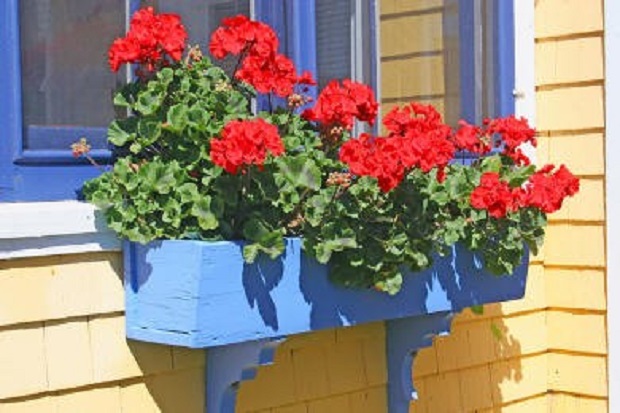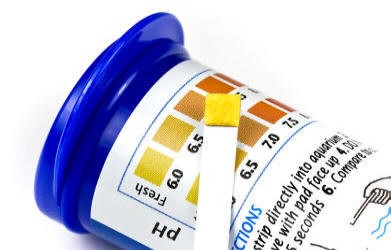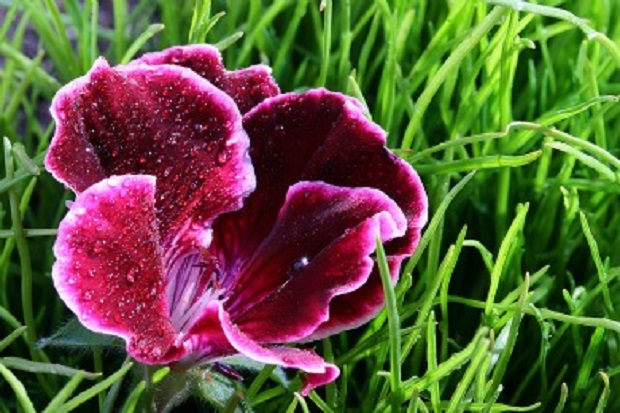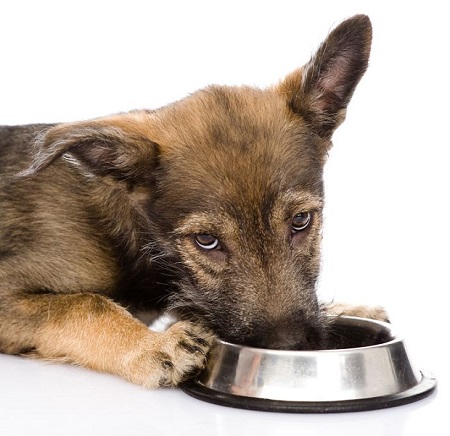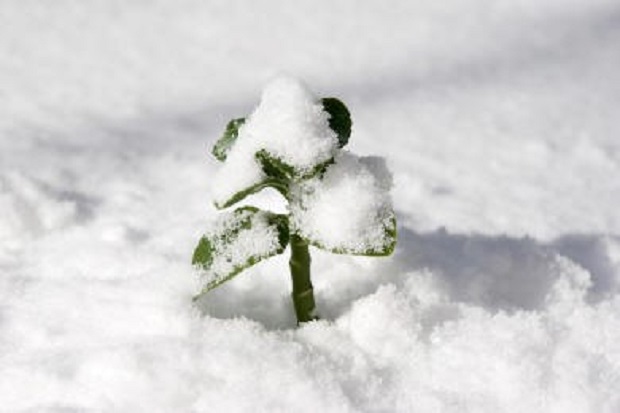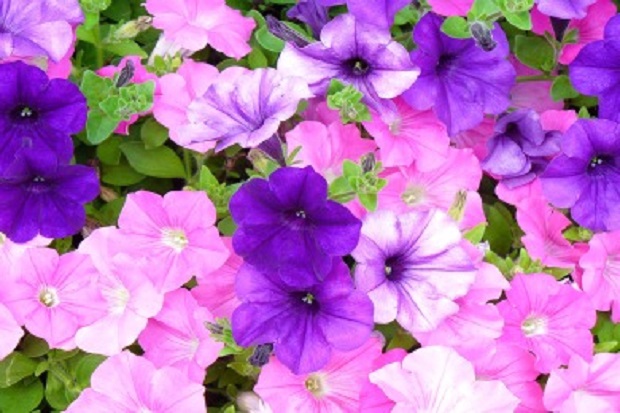Tip of the Day: How to store tulip bulbs at the end of the growing season.
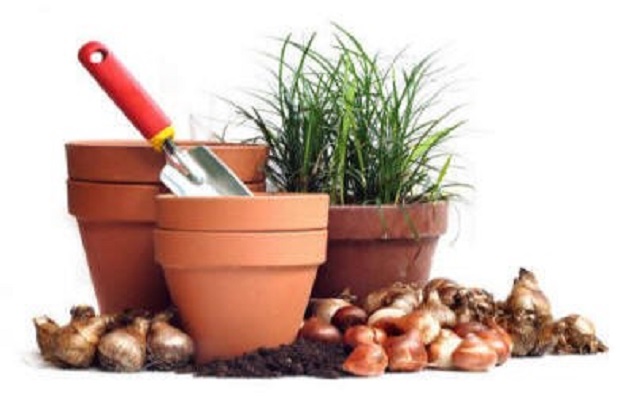
Selecting Bulbs
Before storing your tulip bulbs, you need to choose only the healthiest and highest quality. Look for firm bulbs free of soft spots, nicks, and cuts. Diseased bulbs may injure healthy bulbs during the storage process.
Bulbs are a living part of the plant and need to be treated as such.
How to Store Tulip Bulbs
In order to prevent decay, bulbs being stored require a few essential conditions, ventilation, low humidity, and cool temperatures.
Ventilation: The bulbs must be allowed to ‘breathe’ and not be meshed into a forgotten pile. When choosing a storage method, you need to think about ‘adequate airflow.’ Many gardeners choose to place their bulbs in containers surrounded by peat moss or shredded paper. Others will hang them in mesh bags.
Humidity: Bulbs should be stored in a low-humidity environment, like a dry cellar.
Temperature: Bulbs can’t get too hot or too cold. They fare best in cooler temperatures hovering between 55°-65°F.
Ethylene Is a No No
Never store tulip bulbs, or any flower bulb for that matter, next to fruits and vegetables that emit ethylene gas. Ethylene gas is a naturally occurring ripening hormone present in fruits such as apples and pears and is often used commercially to ripen bananas and tomatoes.
Ethylene gas has the potential to cause flowering disorders, especially in tulip bulbs.
Some Bulbs Are Poisonous
For those households with children and pets, it is important to note that some flower bulbs are poisonous if ingested. For example, hyacinth, narcissus, and daffodil bulbs can cause nausea, vomiting, and diarrhea and can even be fatal. Tulip bulbs have been known to cause contact dermatitis as well as more serious health concerns.
When storing bulbs, use the same precautions you would for any other toxic material around the home.
Resources
“HGIC 1556 Forcing Bulbs Indoors : Extension : Clemson University : South Carolina.” Clemson University. N.p., 1 May 1999. Web. 3 Apr. 2011. http://www.clemson.edu/extension/hgic/plants/indoor/flowering/hgic1556.html.
“Common Poisonous Plants and Plant Parts | Aggie Horticulture.” Aggie Horticulture. N.p., n.d. Web. 3 Apr. 2011. http://aggie-horticulture.tamu.edu/lawn_garden/poison/poison.html.
